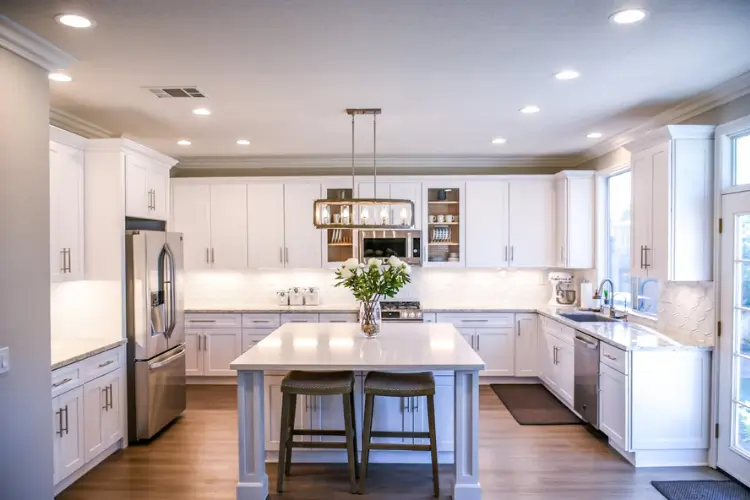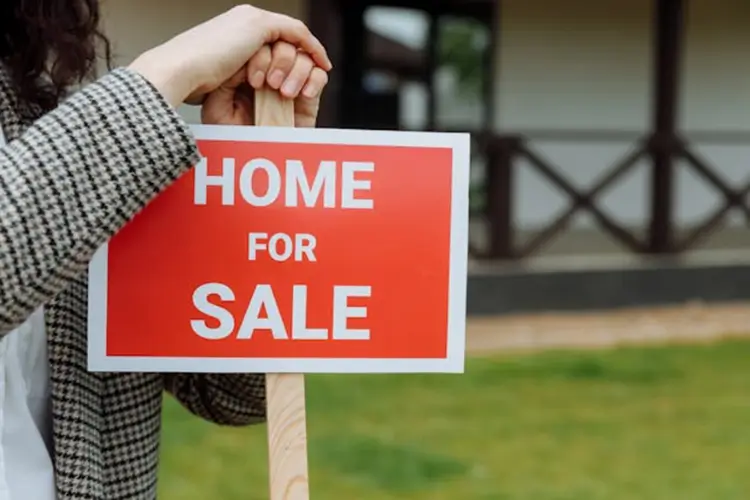When prospective homeowners enter a house at an open house, they are seeing their future rather than only gazing at walls and furnishings. Every element, including the furniture arrangement and the lighting, combines to create a narrative. The goal is not just to exhibit a house but also to create a home that seems lived in but still allows space for creativity. Staging is the link between the emotions of a buyer and the qualities of a property. A good open house produces an experience that stays with a casual guest and transforms them into a committed purchase. This is about improving the potential of the property with careful additions that increase its attractiveness, not about adding grandeur. You may guarantee a great first impression by using pleasant areas, clever design, and subdued colors.
Lighting as the Absolute Mood Setter
Lighting may change how one views any kind of area. Everybody loves natural light, hence stressing it will help a house seem bigger and more friendly. First, take down thick curtains and wash windows to allow sunshine to flow in. Reposition furniture that blocks light paths so that every area seems airy and brilliant. Mirrors positioned deliberately next to windows accentuate natural light and give smaller spaces depth. Where natural light is restricted, ambient lighting may improve such places. While brilliant, cool-toned LED strips beneath kitchen cabinets show the modernism of the space, soft, warm-toned lighting in the living room and bedroom generates pleasant emotions. Not overlooked are outside lighting—pathway lights, porch fixtures, and uplighting for outside plants or shrubs—which may greatly improve the curb appeal of the house and make a lasting impression. Well-lit areas seem more contemporary, cleaner, and more welcoming, which helps consumers to feel more at ease.
Subtle Scents
A home’s smell is just as powerful as its looks. Buyers will more likely remember a house with pleasing and subdued smells that inspire comfort and cleanliness. Steer clear of artificial air fresheners; instead, concentrate on natural features like fresh flowers or essential oils. Popular everywhere, lavender or citrus smells create a pleasant yet peaceful atmosphere. On the day of the open house, bake warm bread or a batch of cookies for an organic, homely scent that permeates the air. Steer clear of artificial or forced smells from strong-smelling candles or cleaning products. Fresh air flowing via open windows accentuates these subtle smells to create a harmonic atmosphere that seems lively and friendly.
Artistic Details
Modern designs have given way to artificial flower arrangements, which now are a graceful way to brighten a house. Excellent designs provide minimum upkeep and reflect the beauty of fresh blossoms. Apply them to provide otherwise monotonous regions with subdued bursts of color. For customers imagining family meals, a strategically placed artificial floral on the dining table accentuates the elegant dinnerware. Little bathroom décor like a single orchid stem or a simple green sprig brings vitality to an often neglected area. Larger configurations in the living room may anchor sideboards or coffee tables, therefore enhancing the elegance. These little touches keep the open house looking its finest without any chance of withering.
Creating Functional Spaces with Appropriate Furnishings
Every space should have a defined use and furniture placed to accentuate its intended use. Purchasers shouldn’t have to wonder whether a space is intended for an office, guest bedroom, or den. For smaller areas, keep furniture simple yet useful so the room seems useful without being crowded. A basic desk and chair in a corner may make an uncomfortable nook in a home office. Bigger spaces gain from well-considered designs that highlight utility and flow. Set the seating such that sofas and chairs face one another instead of being stacked against walls, thus fostering discussion. Rugs may help define regions in open-concept settings like eating, relaxing, and offices. When every room seems deliberate, purchasers can see how the house suits their way of life instead of seeing the labor involved to make it fit.
Inviting Outdoor Areas for Year-Round Appeal
Although they are often overlooked during staging, outside areas are very essential to finish the buyer’s concept. A well-staged garden, patio, or deck increases the usable area of the house. Power wash surfaces first, then replace old furniture and add new outside cushions. A table with fake flowers and a pitcher of lemonade advertises summer breakfasts; a fire pit arrangement with seats evokes images of warm nights. If the home has a garden, mulch it and cut hedges to improve curb appeal. For nighttime views, string lights or lanterns provide appeal. Two seats, a throw blanket, and a potted plant can help to make even a little balcony appealing. Outdoor areas should feel to consumers like an extension of the inside, providing a flawless way of living.
Conclusion
A house that appeals to prospective purchasers is one that, with careful staging, tells a narrative. From fake flower arrangements to lighting, every element helps to create an atmosphere where customers may envision themselves flourishing. Defining spaces, emphasizing outside areas, and using the senses can help you to use a property and turn it into a home fully someone will be very happy to call their own.




